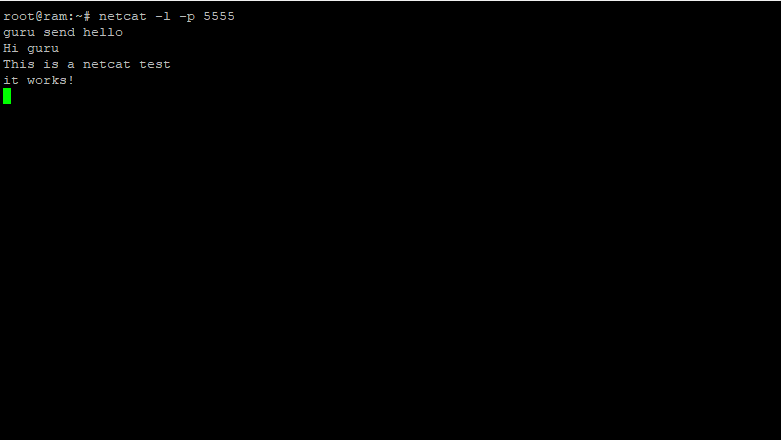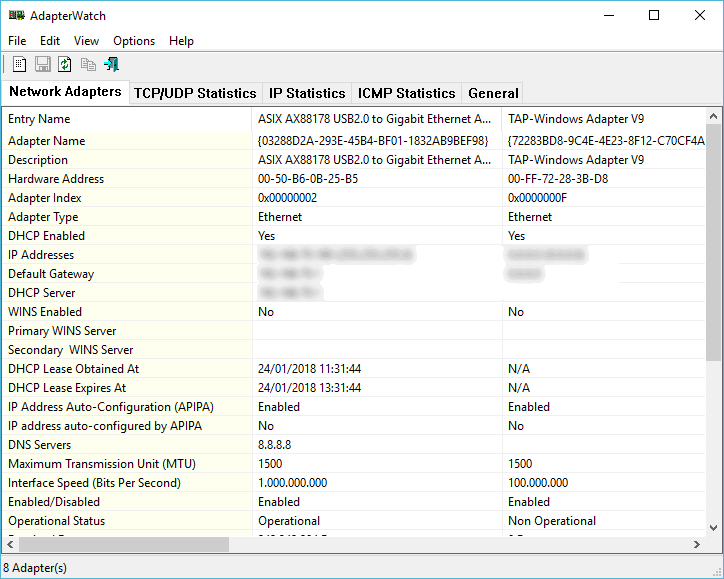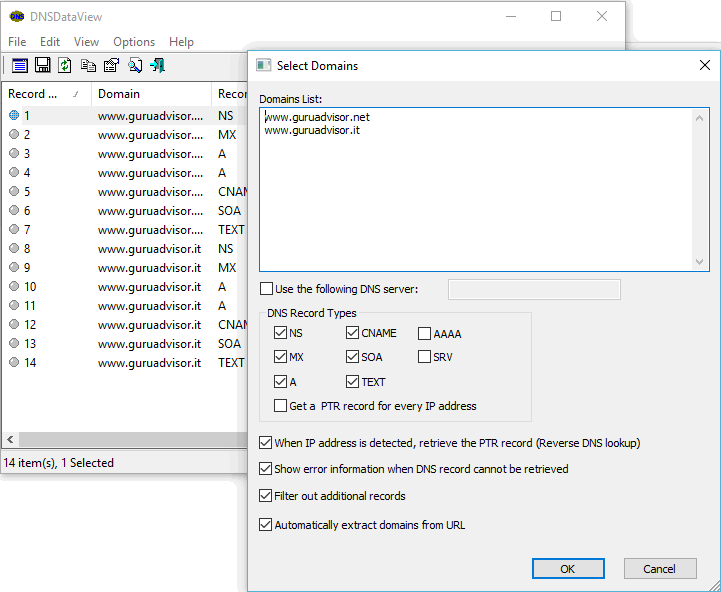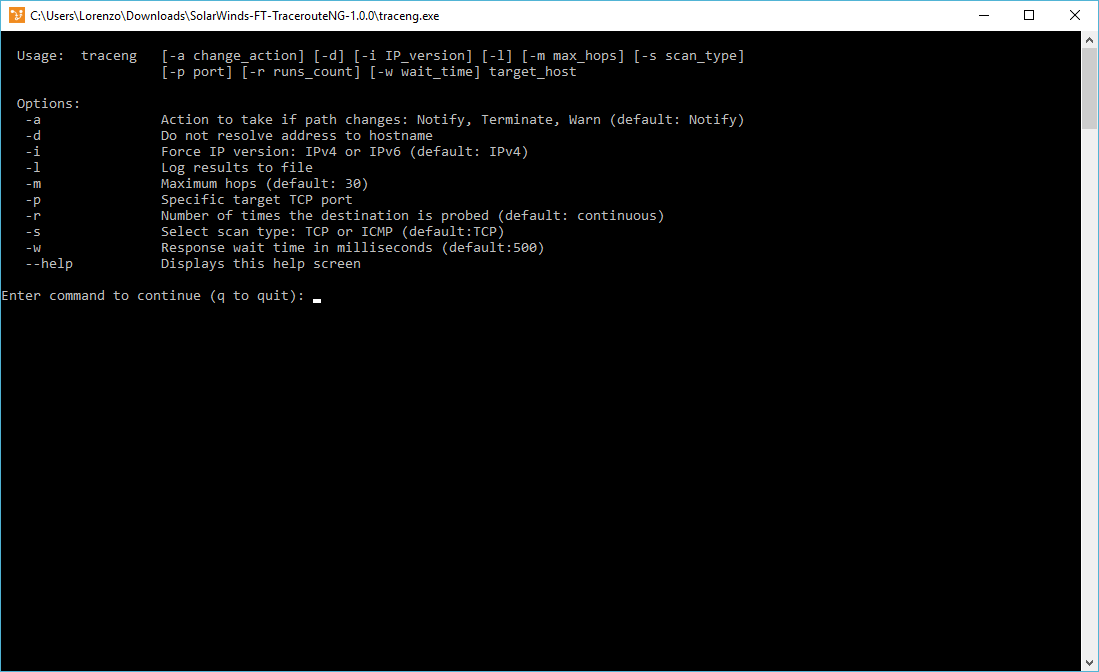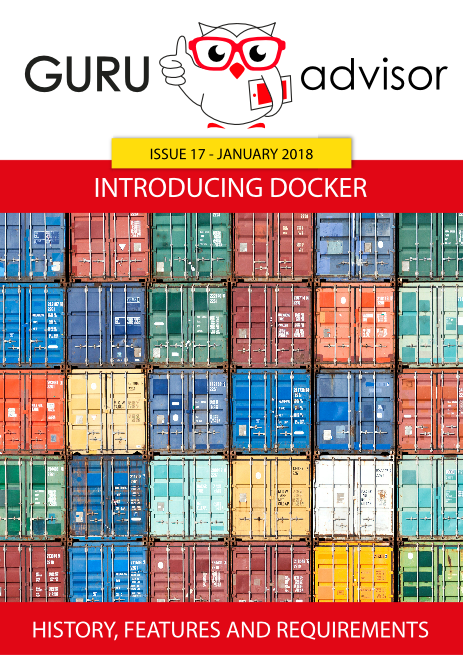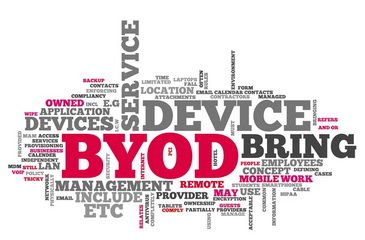We tried the EdgeSwitch Lite, one of the new networking products released by the american company, renowned for its Wi-Fi systems: here we show pros and cons
Ubiquiti is an American manufacturer of newtorking devices that owns its reputation essentially to two projects: the Unifi system for the creation of architactural Wi-Fi networks and AirMax and AirFiber, the systems of antennas that permit to create wireless connections on distances longer than tens of kms.
In the least few years Ubiquiti has further expanded its product line by presenting solutions dedicated to the networking market: the EdgeRouter and the EdgeSwitches. The products of those two lines, as Ubiquiti’s tradition implies, are characterized by respectable and interesting technical specifics and extremely competitive prices. The operation software of the whole line is frequently updated and brags a particularly intuitive and accurate interface.
Just to make an example, the cheapest model of the EdgeMax series, the ERLite-3, starts from an incredible street pice of 100€ (taxes included), offers 1 million packages transactions per second (data certified by Tolly Report) and with the latest 1.7.0 firmware release it has reached advanced features unimaginable for devices of this price tier, like traffic analysis with DPI (Deep Pacet Inspection) technologies that allow to monitor who’s using the most traffic and with what applications.
The expansions of the switching series was easily predictable consdireing that Ubiquiti has been releasing for a couple of years the Toughswitch (max 8 Gigabit ports) designed to power - as well as to connect - the widely sold access point of the Unifi family. The news switches lines are certainly more professional and they are basically divided between switch that includes power on network cable features (EdgeSwitch, models available with 24 or 48 ports and with variable sustainable load) and simply managed switches without POE or other power features (EdgeSwitch LITE, available with 24 or 48 ports).
We tried the cheapest model of the EdgeSwitch LITE line, the ES-24-LITE, which is already available for a little bit more than 200€. As the name implies, 24 RJ45 ports are available with 2 Gbit SFP ports, while the maximum throughput is 26Gbps. The 48 Gbit ports model has 2 10Gbit SFP+ ports and a throughput of 70Gbps. The Edgeswitches are obviously rack mountable (1U form factor) and offer a serial management interface based on a RJ45 port located on the back;Ubiquiti included just one power supply into the chassis, but a redundant power supply can be hooked on the back and connected directly to the mainboard for those who want to achieve a better reliability level.
As far as functionalities as concerned, these switches operates at Layer 2 and 3 of the ISO OSI model and have nothing to envy to the more advanced and pricey models: it’s possile to manage RSTP, MSTP and STP protocols, to create VLANs, private VLANs and Voice VLANs, to manage static or policy-based routing rules and to set rules for DoS attacks protection. On a security standpoint, the EdgeSwitch can manage filters based on MAC address and ACL that change according to the time, in addition to the creation of protected ports isolated from the network. Activating the 802.1X protocol on the ports can make the device even more safe: the RADIUS protocol, as well as the TACACS+ protocol, can be used for the authentication.
 The easy and intuitive Web interface of the switch.
The easy and intuitive Web interface of the switch.
The EdgeSwitch can intercept DHCP requests thanks to DHCP snooping and let them pass only through the enables ports, while the IGMP snooping allows to filter multicast traffic in an intelligent way. It supports Link Aggregation Group (LAG) and it includes SNMP alert functions through email.
From a Layer 3 perspective, the switch includes routing features easily configurable by means of the Web interface. Routing rules can be set on policies like packets’ dimension, source and destination MAC and IP address, vLAN tags, priority or payload protocol. The QoS features are relevant thanks to the DiffServ architecture and CoS (class of service).
In our tests we didn’t notice any problem with the EdgeSwitch EDGE, not even on a performances perspective: the Web interface actually surprised us with its intuitivity. The PDF guide (273 pages) available on the Ubiquiti official site is clear and detailed and helps to understand many of the features even to those who are not at confidence with such devices. In particular, in the appendix there’s place for some useful configuration examples of some practical cases: the guide is provided as a Web configuration and as CLI commands.
This Ubiquiti switch suits the needs of those who look for a switch that is rich in features and doesn’t require experience on a specific brand, and those who want a reliable and price-competitive device that can carry out its tasks in companies that demands a complex networking.











